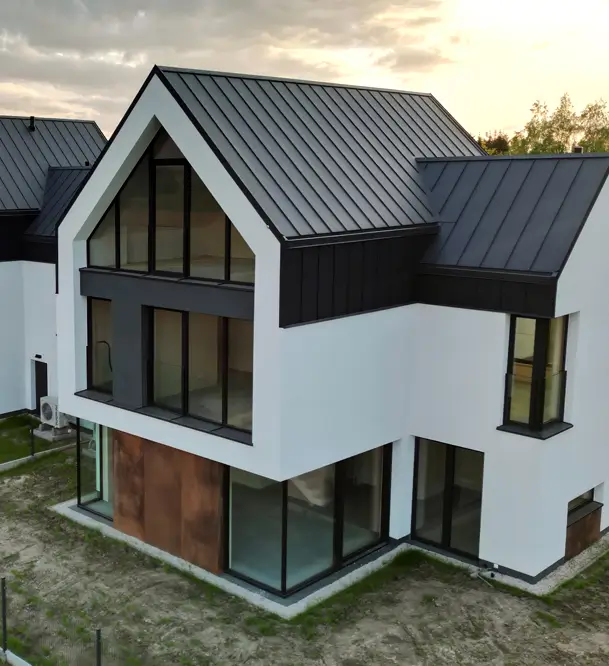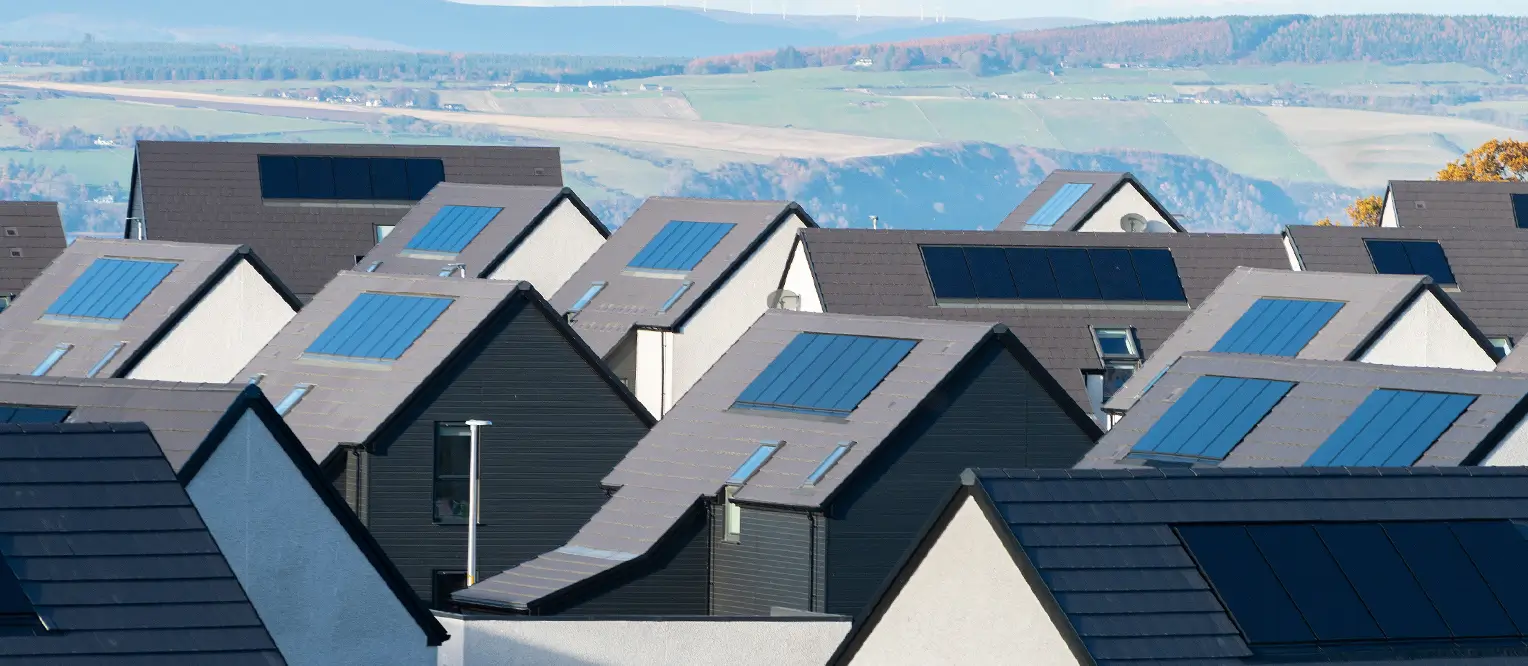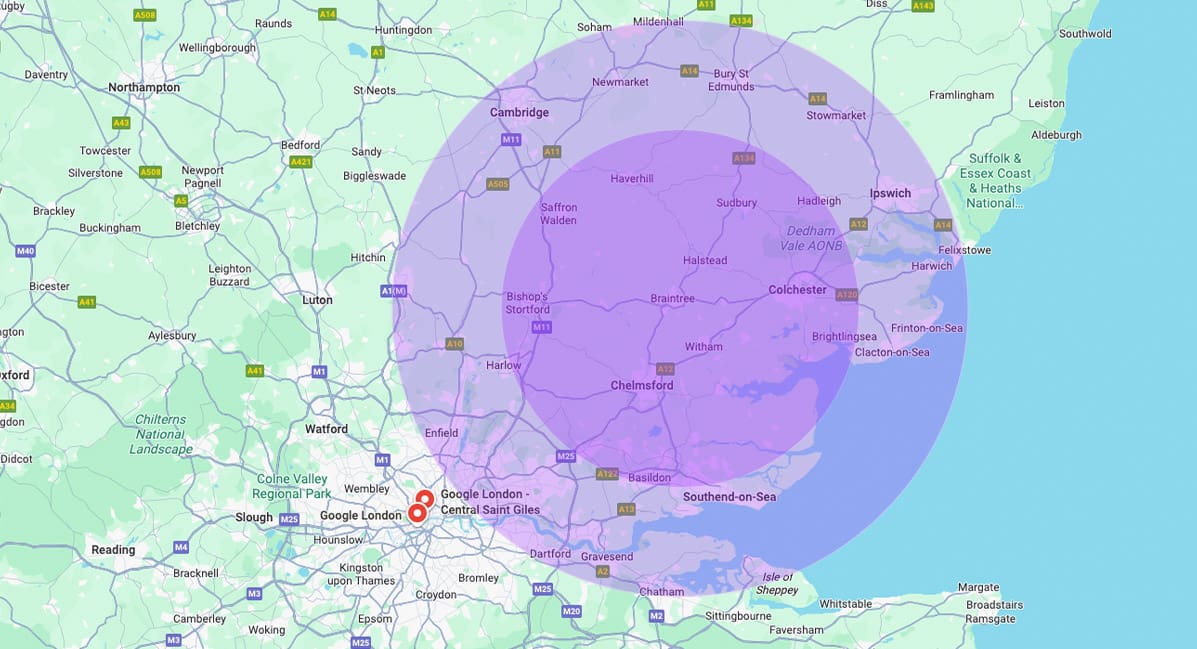
Spoke with Josh who not only reassured me but asked for a fee that I thought was fair. Thank you Josh. Use again? Definitely.
The team really know their stuff – super helpful and always had clear answers to any questions or compliance issues we ran into. Definitely our go-to for any future projects!
Quick and well priced water calculation service and received an appliance specification report alongside the certificate which was really useful for us and the building control officer, highly recommended!
Very knowledgeable about building regulations, and the industry. Always goes the extra mile to help out! 5*

An Energy Statement is a document that demonstrates how a proposed development will meet local and national energy efficiency and carbon reduction policies. It outlines planned measures for reducing energy consumption and integrating low-carbon or renewable systems, helping to fulfil planning authority requirements and improve the likelihood of obtaining planning permission for the project.
Both serve different purposes in the UK planning application space. An Energy Statement focuses specifically on a development’s energy demand, efficiency measures, and carbon emissions. It includes calculations to demonstrate compliance with Building Regulations Part L and local planning policies, such as the London Plan’s energy hierarchy: Be Lean, Be Clean, Be Green. In contrast, a Sustainability Statement takes a broader view, addressing not only energy but also topics like water efficiency, sustainable materials, waste management, biodiversity, climate resilience, and sustainable transport. Both documents are commonly required at the planning stage for major developments and, in some local authorities, for smaller schemes as well.
Yes, Energy Statements are required for both residential and non-residential developments, especially for major schemes (10+ dwellings or over 1,000 m² floor area). Some local authorities may also require them for smaller developments, depending on local policy.
It's best to commission an Energy Statement before submitting your planning application, as many local authorities require it to validate your submission. Early preparation ensures the energy strategy can be integrated into the building design from the outset and avoids delays in the approval process.
You'll need to supply us with architectural plans, the site’s location, building specifications (for example, fabric, heating, and ventilation systems), and any known sustainability goals. If renewable technologies are being considered, details of their scale and location will also be helpful.
The assessors here at Energy Digest use modelling software and recognised industry standards to provide a foundation for identifying energy efficiency improvements and ensuring regulatory compliance. Feel free to contact us for more information on the methods and frameworks we use.
If the projected energy performance falls short of local carbon targets, your Energy Statement will recommend practical design changes, such as improved insulation, enhanced ventilation, or renewable systems, to bring it in line. In areas like London, where policies are stricter, carbon offset payments may be required to make up the shortfall.
Yes! If your project evolves after submission due to planning officer feedback, technical revisions, or value engineering, we can provide an updated Energy Statement that reflects the new design, ensuring ongoing compliance with local energy policies.
